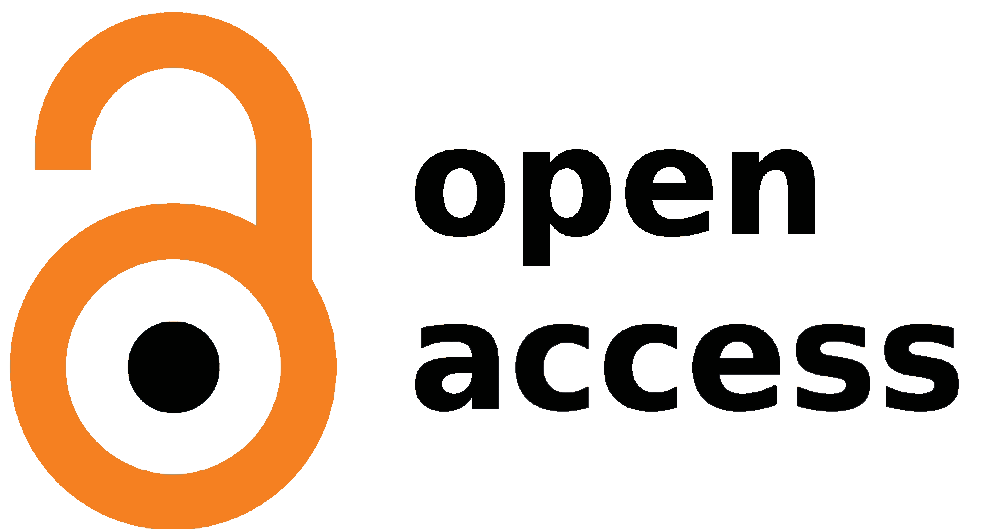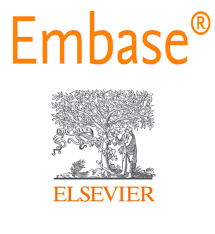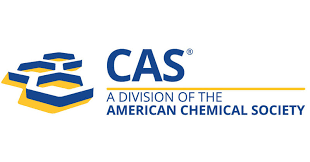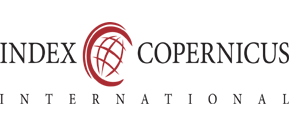Emerging Applications of Prostaglandins in Obstetric Practice: A One-Year Prospective Evaluation of Their Use in Labour Induction, Abortion, and PPH Management at a Tertiary Care Center
Keywords:
Prostaglandins, Labor Induction, Medical Abortion, Postpartum Haemorrhage, Obstetric Outcomes.Abstract
Background: Prostaglandins are widely used in obstetric practice for labour
induction, medical abortion, and postpartum haemorrhage (PPH) management.
Recent innovations in dosing strategies and delivery mechanisms have expanded
their applications and improved safety profiles.
Objective: To evaluate the clinical outcomes, effectiveness, and tolerability of
prostaglandin-based interventions in real-world obstetric scenarios, including labour
induction, abortion, and PPH, at a tertiary care centre in Eastern India.
Methods: This was a prospective, observational study conducted over one year at
Barasat Government Medical College. A total of 100 patients were categorized into
three clinical groups: labour induction (n = 40), medical abortion (n = 35), and PPH
management (n = 25). Variables included drug type, route, clinical success,
complications, and intervention timelines. Data were analyzed using SPSS for
descriptive statistics and R for visualizations and subgroup analysis.
Results: Vaginal delivery was achieved in 72.5% of induction cases, with a mean
induction-to-delivery interval of 10.6 ± 3.2 hours. Complete abortion without
surgical evacuation occurred in 91.4% of abortion cases. Bleeding was controlled
medically in 88.0% of PPH cases, with a mean estimated blood loss of 480.5 ± 125.3
mL. Adverse effects were mostly mild and dose-dependent across all groups.
Conclusion: Prostaglandins remain highly effective and versatile agents in obstetric
care. Their real-world application across three major interventions demonstrated
strong clinical outcomes with manageable side effects. Continued evaluation of doseoptimization, delivery methods, and patient selection can further improve maternal
outcomes in both high-resource and public health settings.
.png)









